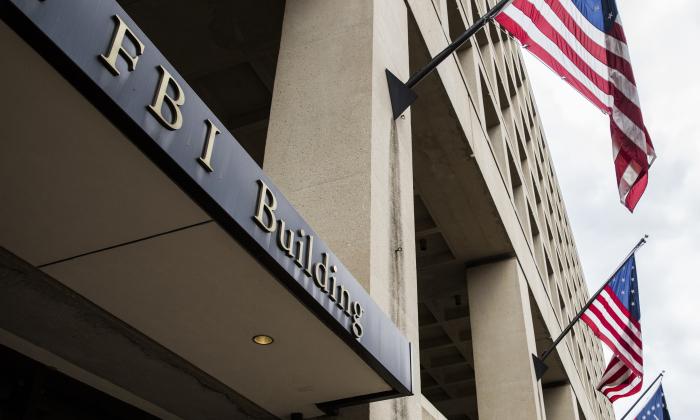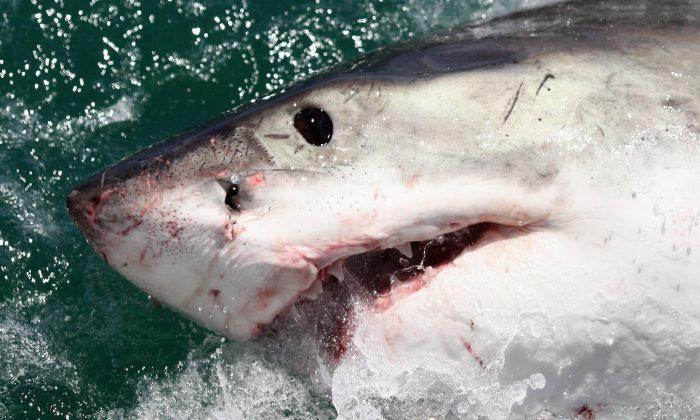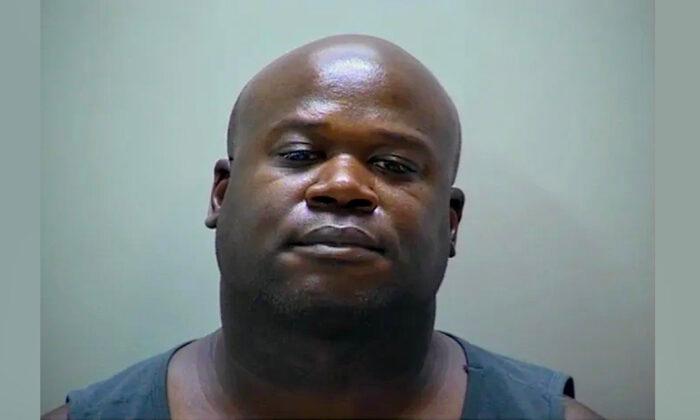YouTube says it’s banning young children from live streaming content on its social media network without an adult present, according to a blog post on June 3.
The website already does not allow children under 13 to create their own accounts, and it says it’s been deleting these accounts to help prevent child exploitation from occurring on its online platform.
The Bruno-headquartered company owned by Google confirmed it’s canceling “thousands of accounts each week.”
“In the first quarter of 2019 alone, we removed more than 800,000 videos for violations of our child safety policies, the majority of these before they had ten views,” YouTube stated.
As part of the changes, children aged under 13 will still be able to share videos on the YouTube website under parental supervision.
“In 2015, because YouTube has never been for kids under 13, we created YouTube Kids as a way for kids to be able to safely explore their interests and for parents to have more control,” the company said. “We also enforce a strong set of policies to protect minors on our platform, including those that prohibit exploiting minors, encouraging dangerous or inappropriate behaviors, and aggregating videos of minors in potentially exploitative ways.”
The company has also invested “heavily” in a variety of technologies to protect young people including its Child Sexual Abuse Imagery Match technology, which helps remove illegal video content.
YouTube admitted the vast majority of users do not violate the company’s policies, and the measures were simply precautionary.
“The vast majority of videos featuring minors on YouTube, including those referenced in recent news reports, do not violate our policies and are innocently posted—a family creator providing educational tips, or a parent sharing a proud moment,” the company said. “When it comes to kids, we take an extra cautious approach towards our enforcement and we’re always making improvements to our protections.”
YouTube is also implementing other changes, including disabling comments on tens of millions of videos featuring minors to limit the risk of exploitation and reducing recommendations of borderline content to reduce the number of videos featuring minors in risky situations.
“YouTube is a company made up of parents and families, and we’ll always do everything we can to prevent any use of our platform that attempts to exploit or endanger minors,” the company said.
YouTube said recent improvements to its machine learning classifier has made it easier to better identify videos that may put minors at risk and apply protections across more videos.
In the last two years, the company has shared tens of thousands of reports with the National Center for Missing and Exploited Children, leading to several law enforcement investigations.





